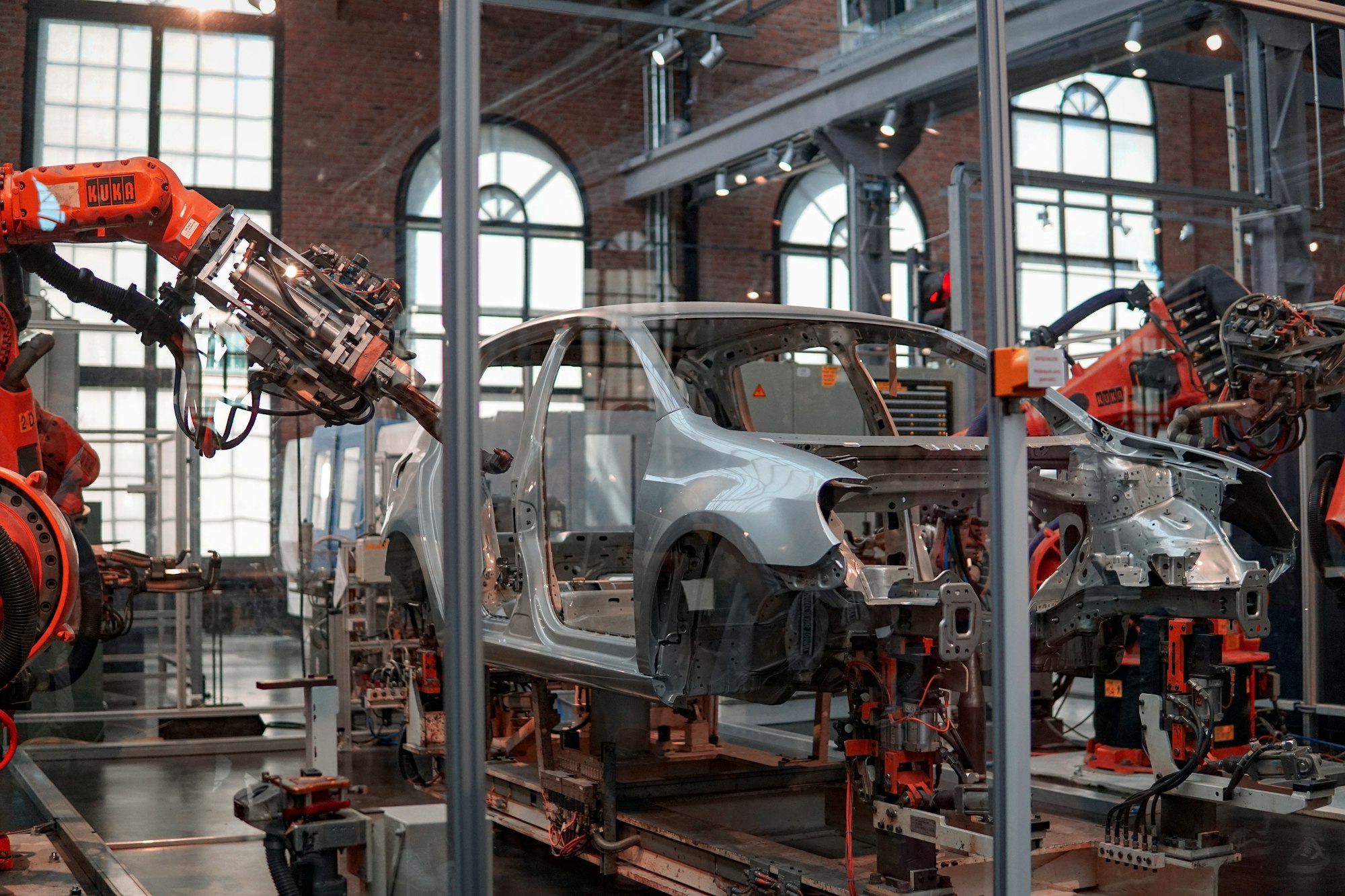
The automotive industry is undergoing a profound transformation, driven by technological advancements, changing consumer preferences, and environmental concerns. From electric vehicles (EVs) and autonomous driving to connectivity and sustainability, the automotive revolution is reshaping the way we think about transportation, mobility, and the future of cities. Let’s explore the key trends driving this revolution and its implications for the automotive landscape.
1. Electrification:
The shift towards electric vehicles represents one of the most significant developments in the automotive industry. With advancements in battery technology, declining costs, and growing environmental awareness, electric cars are rapidly gaining traction among consumers worldwide. Major automakers are investing heavily in EVs, with plans to electrify their entire vehicle lineup in the coming years. The transition to electric mobility promises to reduce greenhouse gas emissions, improve air quality, and mitigate the environmental impact of transportation.
2. Autonomous Driving:
Autonomous vehicles (AVs) are poised to revolutionize the way we travel, offering increased safety, efficiency, and convenience. Companies like Tesla, Waymo, and General Motors are leading the charge in autonomous driving technology, developing advanced sensors, artificial intelligence (AI) algorithms, and driver-assist systems. While fully autonomous vehicles are still undergoing testing and regulatory approval, semi-autonomous features such as adaptive cruise control and lane-keeping assistance are already available in many vehicles, paving the way for a future of self-driving cars.
3. Connectivity and Mobility Services:
The convergence of automotive and digital technologies is giving rise to new opportunities for connected vehicles and mobility services. From in-car infotainment systems and vehicle-to-everything (V2X) communication to ride-sharing platforms and on-demand transportation services, connected mobility is transforming the way people access and use transportation. By leveraging data analytics and AI, automakers and mobility providers can optimize fleet management, enhance user experiences, and create personalized services tailored to individual preferences.
4. Sustainability and Circular Economy:
As concerns about climate change and resource depletion mount, automakers are increasingly focused on sustainability and the circular economy. Initiatives such as vehicle electrification, lightweighting, and eco-friendly manufacturing processes are reducing the environmental footprint of automotive production and operation. Additionally, the adoption of circular economy principles, such as remanufacturing, recycling, and end-of-life vehicle management, is enabling automakers to minimize waste and maximize resource efficiency throughout the product lifecycle.
5. Urban Mobility and Smart Cities:
The automotive revolution is closely intertwined with the concept of smart cities and urban mobility. As urbanization accelerates and traffic congestion worsens, cities are embracing innovative solutions to improve transportation efficiency and sustainability. From electric buses and bike-sharing programs to integrated mobility platforms and autonomous shuttles, cities are leveraging technology to create more connected, accessible, and livable urban environments. By prioritizing public transit, active transportation, and shared mobility options, cities can reduce congestion, pollution, and carbon emissions while enhancing quality of life for residents.
Conclusion:
The automotive revolution is ushering in a new era of transportation characterized by electrification, autonomy, connectivity, and sustainability. As the industry continues to innovate and evolve, the future of mobility holds tremendous promise for creating safer, cleaner, and more efficient transportation systems that benefit individuals, communities, and the planet. By embracing these transformative trends and collaborating across sectors, stakeholders can drive forward the automotive revolution and pave the way for a more sustainable and equitable future of mobility.




